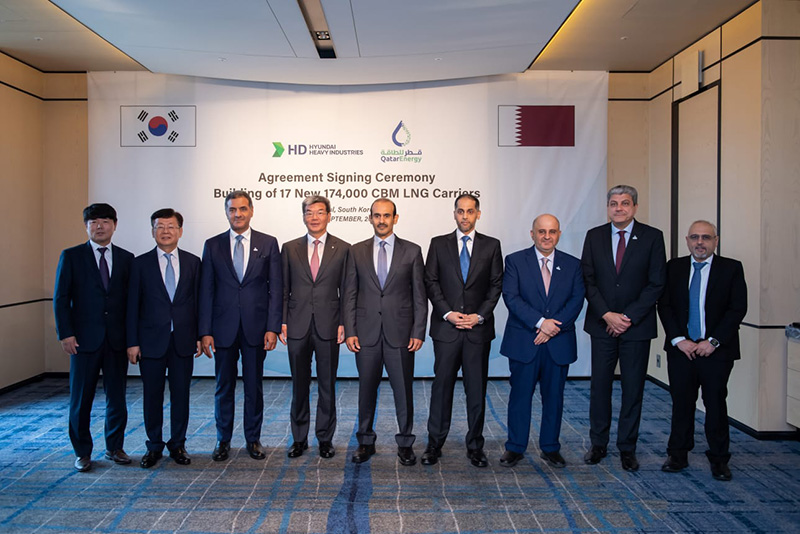Sign up for daily news updates from CleanTechnica on email. Or follow us on Google News!
China’s rapid adoption of new energy vehicles is helping to accelerate the global energy transition
Every summer is a reminder of the urgency of climate change. Last July, the global average temperature rose to a record high. This summer, floods, hurricanes, and extreme high temperatures again ring warning bells about the most imminent and grave threat to humanity. Accordingly, the most effective way to limit global warming should be a top priority for the global agenda. And from that imperative, we can celebrate the progress of global electric vehicle (EV) industry, especially the new milestone China recently hit — an EV adoption rate of more than 35 percent.
To transition away from fossil fuels, as announced and reaffirmed last year at COP28 in Dubai, the world needs to use clean electricity as its major power source, and also electrify end uses. This means electrifying transportation.
The development of China’s EV industry
Transportation accounts for about 10 percent of China’s national carbon emissions. That number is decreasing with China’s growing use of EVs. China’s EV sales have experienced super-fast growth in the past decade, since its first climate commitment in 2009 in Copenhagen, and the country has become the world’s largest EV market. In 2023, China accounted for 63.5 percent of the world’s new energy vehicle sales. EVs took off around 2020, with a rapid growth in sales. There were 1.37 million new energy vehicles (primarily EVs) sold in 2020. In 2023, the number had soared to 9.50 million, even though purchasing subsidies were starting to be phased out in 2016 and were completely done by 2022.The high penetration rate of new energy vehicles in China stems from its large production capacity and cost effectiveness, which functions as a solid foundation for serving the country’s 1.4 billion consumers.
However, another critical concern is supplying enough clean electricity to every EV. Fortunately, China is moving fast to realize its renewable power target. In its Nationally Determined Contributions, China pledged to reach at least 1,200 gigawatts of installed solar and wind capacity by 2030. According to projections by the China Electricity Council, China will have more than 1,300 gigawatts of installed wind and solar capacity by the end of 2024, meeting its NDC target six years ahead of schedule. China is marching toward its goal to primarily establish a new power system around 2030. More EVs on the road backed by a green power system dominated by renewable energy would then be a significant contribution to China’s decarbonization.
It is even more exciting to see that efficiency is continuing to improve in all energy-related sectors as the wave of digitalization and distribution mutually supports each sector’s energy transition. EVs can play a larger role than just transportation in the new energy system. For example, “grid-building-EV” interaction and integration technology has become an important practice for demand-side response, in which EVs and batteries have great potential to serve as energy storage and load-shifting measures for a renewable-rich power system, where energy supply can be intermittent.
Lowering the carbon footprint of EVs
Beyond the adoption and utilization of EVs, the automobile industry has been actively involving upstream suppliers’ carbon emissions into the whole vehicle life-cycle carbon footprint management scope. Such action helps a lot to clarify “who is dirtier,” when comparing carbon emissions between EVs and traditional internal-combustion engine (ICE) vehicles. According to an evaluation of 13 car models by the China Automotive Technology and Research Center (CATARC), the life-cycle carbon footprint of an EV is significantly lower — 37.8 percent less carbon emissions — than that of an ICE vehicle in China.
Driven by the whole life-cycle carbon footprint control exercise, major emissions resources of EVs are further being identified and the first movers are taking actions to calculate and mitigate their emissions. According to CATARC, 42.6 percent of an EV’s emissions come from materials and components, especially carbon-intensive parts such as steel, aluminum, and lithium batteries. Leading automakers such as Geely and Great Wall Motor have committed to so-called Scope 3 decarbonization actions.
With an increasingly lower-emissions automotive value chain, upstream and downstream changes can be further mobilized to achieve cross-sector triple wins. China’s first low-emissions steel produced by direct reduced iron technologies from Hebei Iron and Steel were provided to BMW for car manufacturing in 2023, an exciting example of using low-emissions materials in cars.
Scaling the market
To further strengthen the whole supply chain and neutralize the green premium, consumers are playing a much more critical role by sending the correct market signals. Utilizing the vehicle life-cycle carbon footprint evaluation tool, CATARC launched the Automobile Leader Program to offer incentives on the consumer side where car models with the lowest life-cycle emissions are rewarded with better market exposure. This is a great example of consumer-focused actions with positive impacts in both the near term and longer term.
And the impacts can be huge. So far market scale has been the key factor effectively driving the growth of China’s EV industry, and it will still be a major driving force to bolster it in the future. There are more than 400 million middle-income people in China and they represent the scale of potential EV consumers. In 2023, China consumed almost all its EV production, which demonstrates a high confidence to fully utilize its EV manufacturing capacity, clearly illustrating that “overcapacity” is not issue.
The policy signal on full life-cycle carbon footprint control is also a big milestone. The Chinese government issued an implementation plan to accelerate product-level emissions management in May, aiming at finishing the development of 100 green accounting methods for major products (including new energy vehicles) by 2027 and promoting them to international standards. The plan also recommends the application of carbon labels for vehicles to differentiate the low-carbon product market.
The urgency of combating climate change needs the world to move faster to advance the energy transition in all sectors, and calls for more clean power and more EVs on the road. China’s highly efficient and solid performing EVs bring good news to the world where strong alignment on this urgency exists. China can provide the world with cleaner, high-quality and affordable vehicles, which are essential for the global energy transition, to help the world achieve the climate goals at a faster pace.
© 2024 RMI. Published with permission. Courtesy of RMI. By Ting Li, Wei Li
Have a tip for CleanTechnica? Want to advertise? Want to suggest a guest for our CleanTech Talk podcast? Contact us here.
Latest CleanTechnica.TV Videos
CleanTechnica uses affiliate links. See our policy here.
CleanTechnica’s Comment Policy





